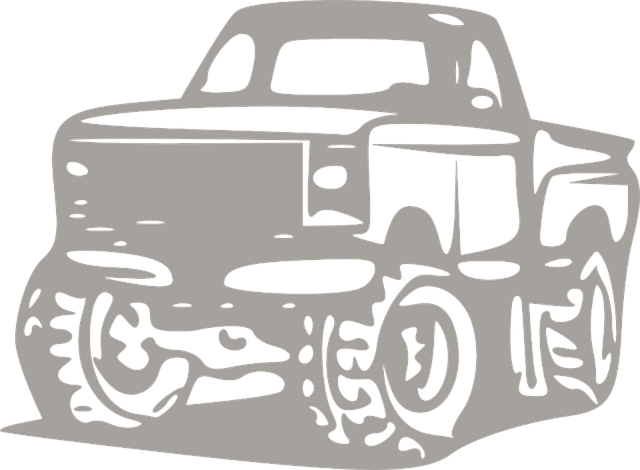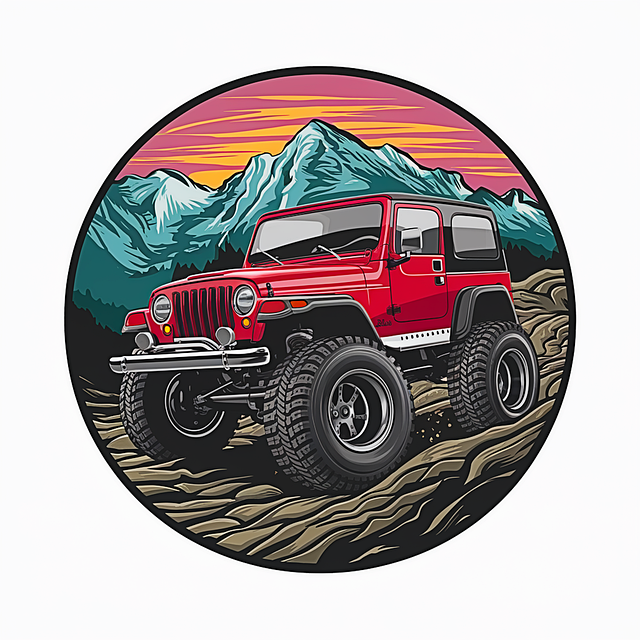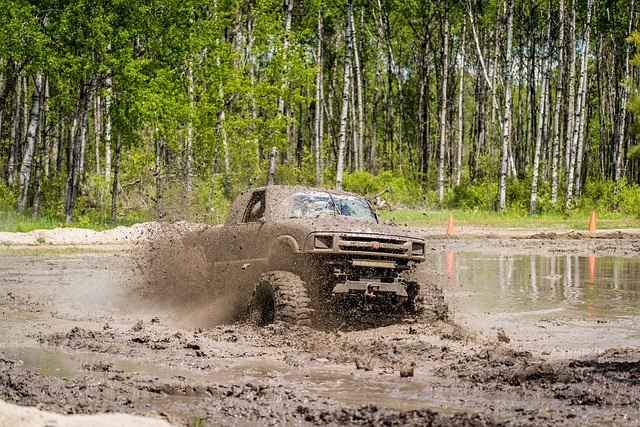Snatch blocks are essential components in 4×4 vehicles, particularly rugged off-roaders like RGVs, enhancing stability and control over uneven terrain. Acting as sway bars, they minimize body roll, improve traction, and enable precise maneuvering in extreme conditions. With their robust design and interlinked parts, snatch blocks handle heavy lifting tasks reliably in industries like construction and automotive, especially for off-road enthusiasts. However, due to specialization, complex setup, and cost, they are best used for specific scenarios; improper usage or lack of maintenance can lead to safety risks and damage to RGV components. Regular inspections, proper usage, and training ensure safe operation.
“Discover the versatile 4×4 parts that are revolutionizing heavy lifting—Snatch blocks. This powerful component, integral to Rigid Grip Vehicles (RGVs), facilitates efficient material handling across industries. In this comprehensive guide, we demystify snatch blocks, exploring their key roles, applications from construction to warehousing, and the advantages they bring. Learn about potential limitations and essential safety considerations for maintaining optimal performance of these 4×4 parts within your RGV systems.”
- Understanding Snatch Blocks: A Basic Overview
- The Role of Each 4×4 Part in RGV (Snatch Block)
- Common Applications and Industries Using Snatch Blocks
- Advantages and Limitations: Weighing the Pros and Cons
- Maintenance and Safety Considerations for Longevity
Understanding Snatch Blocks: A Basic Overview

Snatch blocks are essential components in a 4×4 vehicle’s suspension system, particularly in rugged terrain vehicles like RGVs (4×4 off-road vehicles). These blocks, also known as sway bars or anti-roll bars, play a crucial role in improving vehicle stability and control during challenging drives. By connecting the wheels on opposite sides of the vehicle, snatch blocks help to minimize body roll, ensuring better traction and maneuverability over uneven surfaces.
In simple terms, snatch blocks work by allowing the suspension to absorb and dissipate energy generated from road irregularities, preventing excessive side-to-side movement. This is especially vital in 4×4 vehicles designed for extreme off-road conditions, where the terrain can be unpredictable and demanding. The RGV’s robust construction, aided by these snatch blocks, enables it to navigate through tight turns, steep inclines, and rough trails with enhanced precision and safety.
The Role of Each 4×4 Part in RGV (Snatch Block)

In a RGV (Snatch Block), each 4×4 part plays a pivotal role in ensuring optimal performance and efficiency. The block’s structure is designed to distribute weight and force evenly, with each component contributing to this balance. For instance, the 4×4-parts-rgv include sturdy brackets that securely hold the entire assembly together, allowing for smooth operation under intense strain. These brackets not only provide structural integrity but also facilitate easy installation and maintenance.
Additionally, the interconnected links and chains within the RGV rely on each other to transmit power effectively. Each link is crafted to endure high-stress conditions, while the chain’s flexibility enables it to grasp and lift objects securely. This intricate interplay of 4×4-parts-rgv ensures that the snatch block can handle diverse lifting tasks, from heavy machinery to oversized equipment, with consistent reliability.
Common Applications and Industries Using Snatch Blocks

Snatch blocks are versatile components that find applications across various industries, making them a staple in many mechanical systems. These blocks are commonly used in construction and heavy equipment due to their ability to handle significant load capacities while facilitating smooth lifting and lowering movements. Construction sites often rely on snatch blocks for operating cranes, hoists, and winches, ensuring efficient material handling and safe operations.
The automotive sector, particularly off-road enthusiasts, also benefits from snatch blocks. 4×4 parts, including snatch blocks, are essential for modifying and enhancing off-road vehicles. They enable the installation of more robust lifting systems, allowing for easier access to underbody components during repairs or modifications, which is crucial in the RGV (Remote Controlled Vehicle) and 4×4 communities. This versatility makes snatch blocks a popular choice for professionals working in diverse fields, ensuring efficient mechanical operations across various terrains.
Advantages and Limitations: Weighing the Pros and Cons

Snatch blocks, a key component in 4×4 vehicles, offer both significant advantages and notable limitations when it comes to performance and functionality. These powerful mechanical devices are designed to enhance towing capabilities by allowing for precise control during heavy lifting. One of their primary benefits is improved traction, enabling the vehicle to haul larger loads across various terrains without compromising stability or safety. This is particularly advantageous for off-road enthusiasts and those who frequently engage in challenging driving conditions.
However, there are considerations regarding snatch blocks’ limitations. While they excel at heavy lifting, they may not be ideal for everyday use due to their specialized nature. The setup process can be complex and time-consuming, requiring specific knowledge and tools. Additionally, the cost of high-quality snatch blocks can be substantial, making them a significant investment for 4×4 owners. Moreover, improper usage or failure to maintain these components properly can lead to safety hazards and potential damage to the vehicle’s towing system, including its 4×4 parts RGV (ring gear and pinion).
Maintenance and Safety Considerations for Longevity

Maintaining snatch blocks, especially in rugged 4×4 vehicles where they’re subjected to intense strain and varying terrain, is paramount for both performance and safety. Regular inspections are crucial; check for any signs of wear, corrosion, or misalignment. Replacing components like pins, bushings, and bearings promptly addresses potential failures that could lead to accidents during challenging drives. Remember, a well-maintained snatch block ensures your 4×4-parts-rgv functions optimally, enhancing control and safety on the road.
Safety isn’t just about maintenance; it’s also about proper usage. Always use appropriate ratchet straps and ensure they’re securely fastened to both the load and the vehicle. Understand your snatch block’s capacity and never exceed it. Proper training in towing and recovery techniques can prevent accidents and damage, making safety a shared responsibility for drivers and their 4×4-parts-rgv alike.
Snatch blocks, with their multifaceted roles in various industries, prove to be indispensable components of 4×4-part RGV systems. By understanding their structure and function, we can fully appreciate the advantages they offer—from enhanced lifting capabilities to improved efficiency—while also recognizing potential limitations. Proper maintenance and safety protocols are key to ensuring these blocks’ longevity, making them a reliable choice for navigating diverse applications.



